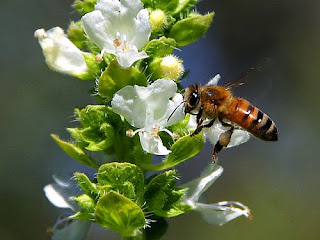"Can words describe the fragrance of the very breath of spring?"
- Neltje Blanchan
- Neltje Blanchan
Fall isn’t my favorite time of the year. Although it is beautiful and the moderate temperatures are welcome, I know that winter is just around the corner and I’ve come to dread its weather extremes. One way to keep a positive outlook is to start planning (and planting) now for spring. In my part of the world (US Hardiness Zone 6), now is the time to plant spring-flowering bulbs. Bulbs can be planted until the ground is frozen solid, but they will perform best if you plant them in early fall. Not only will they add welcome color to your garden, but many spring flowering bulbs are fragrant as well.
The following is not meant to be a comprehensive list, but will give a few suggestions of fragrant spring-flowering bulbs.
- Hyacinths (Hyacinthus) – all kinds
- Grape Hyacinths (Muscari) – all kinds
- Lily of the valley (Convallaria) – all kinds
- Tulips (Tulipa) – Apricot Parrot, Apricot Beauty, Monsella, Prinses Irene, Angelique, Ballerina, Peach Melba
- Daffodils (Narcissus) – Fragrant Breeze, Fragrant Rose, Erlicheer, Martinette, Cheerfulness, Baby Boomer, Thalia
If you can’t find fragrant bulbs locally, a quick Internet search will yield many mail order sources.








